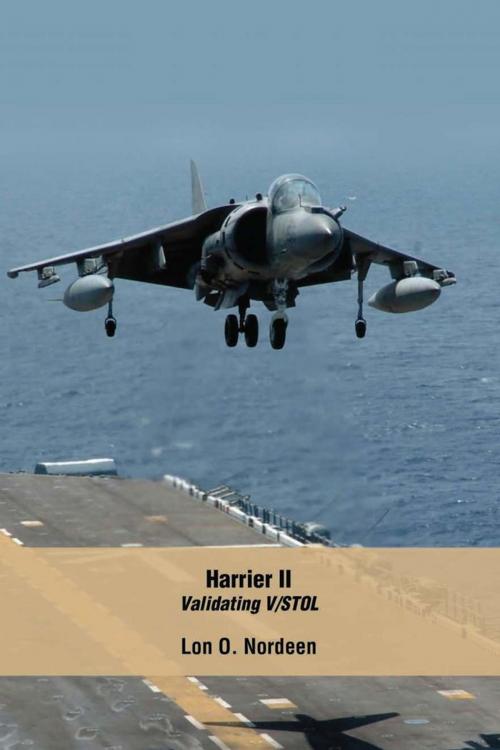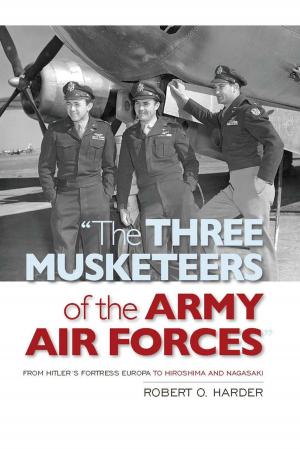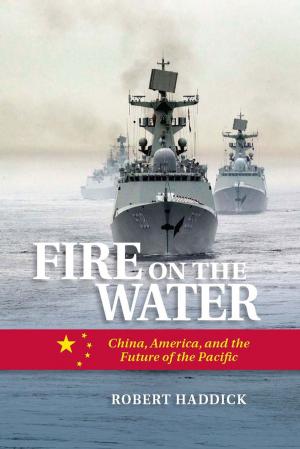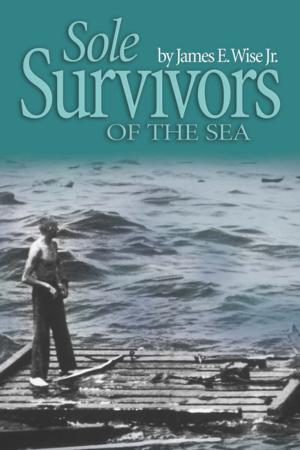| Author: | Lon O. Nordeen | ISBN: | 9781612514567 |
| Publisher: | Naval Institute Press | Publication: | October 15, 2014 |
| Imprint: | Naval Institute Press | Language: | English |
| Author: | Lon O. Nordeen |
| ISBN: | 9781612514567 |
| Publisher: | Naval Institute Press |
| Publication: | October 15, 2014 |
| Imprint: | Naval Institute Press |
| Language: | English |
When the first Harrier strike fighter was introduced by the Royal Air Force in the late 1960s, it was hailed as a technological breakthrough with its speed, vertical, short takeoff and landing capability (V/STOL). Today, the Harrier II is one of the top weapons of choice for ground troops in Iraq and Afghanistan who need effective air support. This book chronicles the incredible development of this tactical fixed wing aircraft, a journey that, in the author's opinion, was successful solely because of the unswerving commitment of the U.S. Marine Corps. In tracing the Harrier II's history, Lon Nordeen highlights the teamwork, creativity, and innovation that went into the design, development, fielding, and operation of this unique aircraft. The story begins with the development of the U.S. Marine Corps air-ground team close air support concepts in the 1920s, on the battlefields of the Pacific in the Second World War and the Korean conflict. Later in Vietnam, efforts were directed at improving the aviators' response time to calls for air support. Seeing V/STOL tactical airplanes as the only practical solution to this problem, the Marine Corps received their first AV-8As in 1971 and then set out to improve the Harrier's capability. This is the Harrier II's story, including its near-cancellation in the late 1970s during the Carter Administration, developmental challenges in the early 1980s, international growth path with the addition of night attack capability and radar to its success in the Gulf War, Afghanistan and Operation Iraqi Freedom. This book includes interviews and insights from those involved- from pilots and military commanders to engineers and production personnel and even tothose who opposed the program. It is the first book to be written about the Harrier II from the U.S. Marine Corps perspective that also discusses the selection and operational use of the aircraft by the United Kingdom, Spain and Italy.
When the first Harrier strike fighter was introduced by the Royal Air Force in the late 1960s, it was hailed as a technological breakthrough with its speed, vertical, short takeoff and landing capability (V/STOL). Today, the Harrier II is one of the top weapons of choice for ground troops in Iraq and Afghanistan who need effective air support. This book chronicles the incredible development of this tactical fixed wing aircraft, a journey that, in the author's opinion, was successful solely because of the unswerving commitment of the U.S. Marine Corps. In tracing the Harrier II's history, Lon Nordeen highlights the teamwork, creativity, and innovation that went into the design, development, fielding, and operation of this unique aircraft. The story begins with the development of the U.S. Marine Corps air-ground team close air support concepts in the 1920s, on the battlefields of the Pacific in the Second World War and the Korean conflict. Later in Vietnam, efforts were directed at improving the aviators' response time to calls for air support. Seeing V/STOL tactical airplanes as the only practical solution to this problem, the Marine Corps received their first AV-8As in 1971 and then set out to improve the Harrier's capability. This is the Harrier II's story, including its near-cancellation in the late 1970s during the Carter Administration, developmental challenges in the early 1980s, international growth path with the addition of night attack capability and radar to its success in the Gulf War, Afghanistan and Operation Iraqi Freedom. This book includes interviews and insights from those involved- from pilots and military commanders to engineers and production personnel and even tothose who opposed the program. It is the first book to be written about the Harrier II from the U.S. Marine Corps perspective that also discusses the selection and operational use of the aircraft by the United Kingdom, Spain and Italy.















